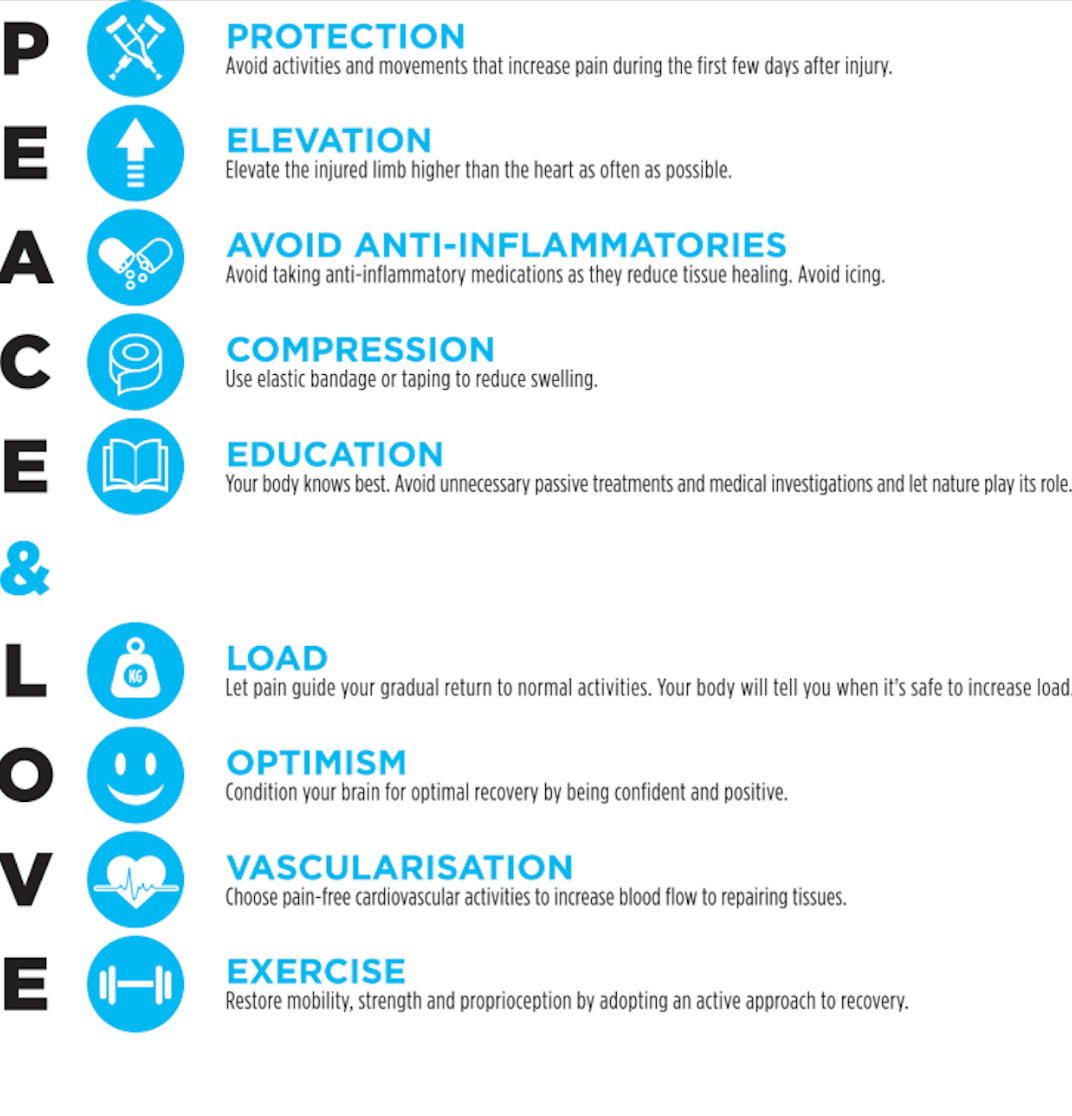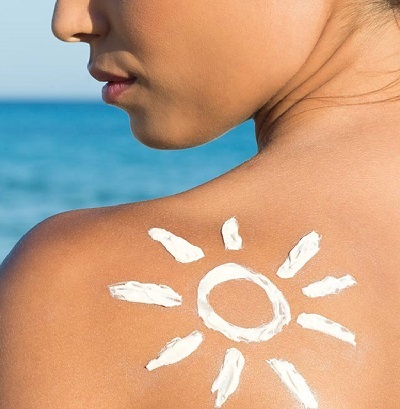The Seed Protocol
July 19, 2019 in Natural health
Seed cycling is a great way to regulate both estrogen and progesterone hormones as it aids in getting rid of irritating systems related to menstrual flow. Estrogen levels naturally rise during the first half of the cycle (from the first day of bleeding until ovulation around day 14) then begin to fall during the second half while progesterone rises.
When these hormone levels become out of balance, numerous symptoms such as PMS, breakouts, menstrual cramps, infertility and irregular monthly cycles to name a few, can occur.
Alternating the use of the recommended seeds throughout your menses can help bring balance back to both estrogen and progesterone levels, to naturally help in maintaining a regular menstrual period.
The concept is fairly simple: The seed hulls contain lignans, which are chemicals that help bind up excess hormones, while the seed oils contain essential fatty acids that provide the building blocks for making hormones.
It’s worthy to note the importance of using freshly ground seeds to ensure that they contain the optimal levels of the oils that are naturally found in the seeds. Also, it’s best to purchase whole seeds if possible (raw, organic and unhulled) and use a coffee grinder to grind them.
Once ground, make sure to store the seeds in an airtight container inside the fridge to help maintain its freshness, and only prepare the seeds several days in advance to prevent them from going rancid. You can choose to eat the seeds by adding them to smoothies, salads, soups, sprinkled on oatmeal, vegetables, or quite simply on their own.
The instructions provided are based on a fairly regular cycle. Speak to your Naturopathic Doctor if you have irregular cycles to determine the best time for you to begin and end each phase.
Day 1-14: Follicular Phase
- Freshly ground flax seeds – 2 tbsp mixed into applesauce, smoothie, etc.
- Alternatives to flax seeds: chia, hemp, pumpkin seeds
- Rationale: estrogen boosting
Day 15-menses: Luteal Phase
- Freshly ground sunflower seeds – 2 tbsp mixed into applesauce, smoothie, etc.
- Alternatives to sunflower seeds: sesame seeds
- Rationale: progesterone boosting




